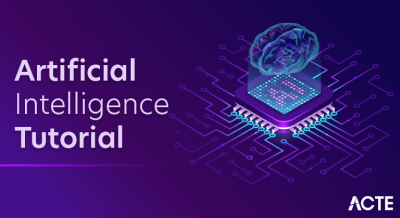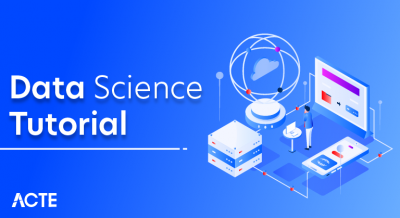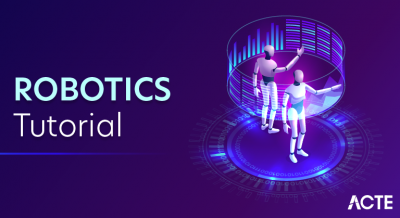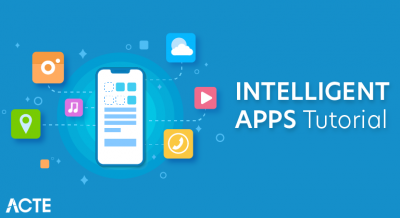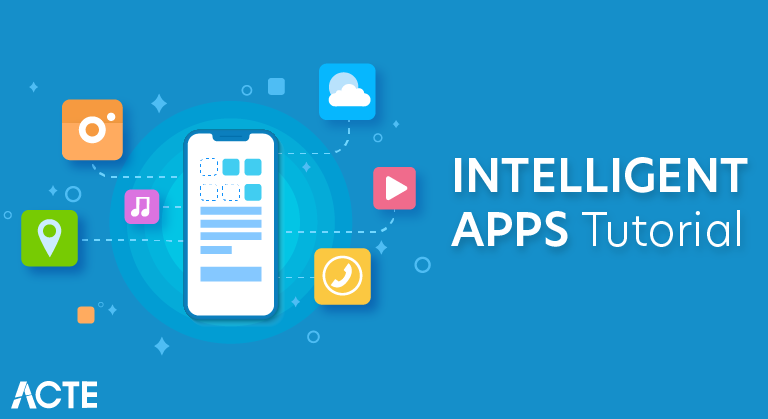
What is Intelligent Apps:
Intelligent Apps are the application which acquires real-time and historical data from user interactions and other sources in order to provide suggestions and make predictions. It offers personalized and adaptive user experiences; data analytics and machine learning are the core components of intelligent apps.
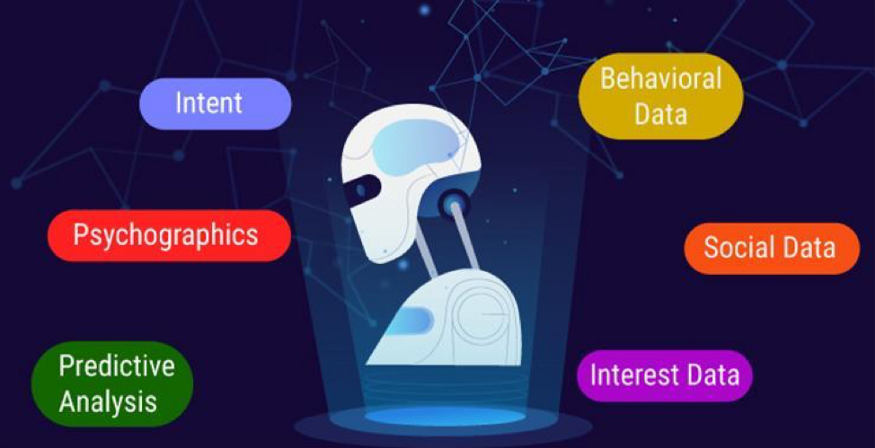
Applications of AI:
Artificial intelligence, defined as intelligence exhibited by machines, has many applications in today’s society. More specifically, it is Weak AI, the form of AI where programs are developed to perform specific tasks, that is being utilized for a wide range of activities including medical diagnosis, electronic trading platforms, robot control, and remote sensing. AI has been used to develop and advance numerous fields and industries, including finance, healthcare, education, transportation, and more.
Medical diagnosis
- It is the process of determining which disease or condition explains a person’s symptoms and signs. It is most often referred to as diagnosis with the medical context being implicit. The information required for diagnosis is typically collected from a history and physical examination of the person seeking medical care. Often, one or more diagnostic procedures, such as medical tests, are also done during the process. Sometimes posthumous diagnosis is considered a kind of medical diagnosis.
- Diagnosis is often challenging, because many signs and symptoms are nonspecific. For example, redness of the skin (erythema), by itself, is a sign of many disorders and thus does not tell the healthcare professional what is wrong. Thus differential diagnosis, in which several possible explanations are compared and contrasted, must be performed. This involves the correlation of various pieces of information followed by the recognition and differentiation of patterns. Occasionally the process is made easy by a sign or symptom (or a group of several) that is pathognomonic.
- Diagnosis is a major component of the procedure of a doctor’s visit. From the point of view of statistics, the diagnostic procedure involves classification tests.
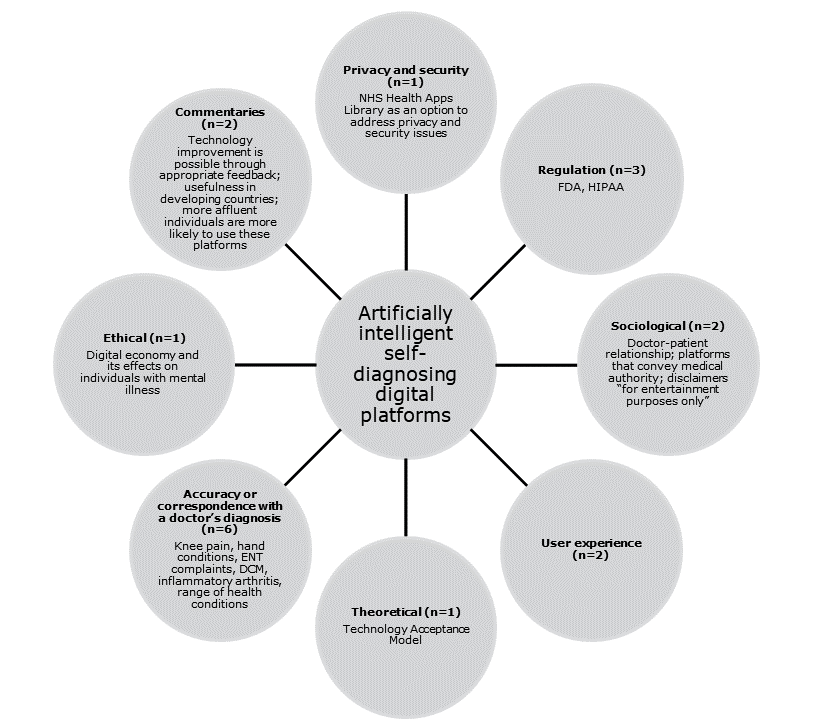
Electronic Trading Platform
- Electronic trading platform also known as an online trading platform, is a computer software program that can be used to place orders for financial products over a network with a financial intermediary. Various financial products can be traded by the trading platform, over a communication network with a financial intermediary or directly between the participants or members of the trading platform. This includes products such as stocks, bonds, currencies, commodities, derivatives and others, with a financial intermediary, such as brokers, market makers, Investment banks or stock exchanges. Such platforms allow electronic trading to be carried out by users from any location and are in contrast to traditional floor trading using open outcry and telephone based trading. Sometimes the term trading platform is also used in reference to the trading software alone.
- Electronic trading platforms typically stream live market prices on which users can trade and may provide additional trading tools, such as charting packages, news feeds and account management functions. Some platforms have been specifically designed to allow individuals to gain access to financial markets that could formerly only be accessed by specialist trading firms. They may also be designed to automatically trade specific strategies based on technical analysis or to do high-frequency trading.
Robotic control
It is the system that contributes to the movement of robots. This involves the mechanical aspects and program systems that make it possible to control robots. Robotics could be controlled in various ways, which includes using manual control, wireless control, semi-autonomous (which is a mix of fully automatic and wireless control), and fully autonomous (which is when it uses AI to move on its own, but there could be options to make it manually controlled). In the present day, as technological advancements progress, the robots and its methods of control continue to develop and advance.
Medical and surgical
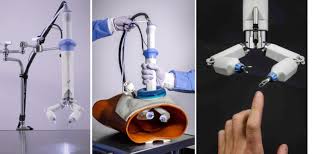
In the medical field, robots are used to make precise movements that are humanly difficult. Robotic surgery involves the use of less-invasive surgical methods, which are “procedures performed through tiny incisions”. Currently, robots use the da Vinci surgical method, which involves the robotic arm (which holds onto surgical instruments) and a camera. The surgeon sits on a console where he controls the robot wirelessly. The feed from the camera is projected on a monitor, allowing the surgeon to see the incisions.The system is built to mimic the movement of the surgeon’s hands and has the ability to filter slight hand tremors. But despite the visual feedback, there is no physical feedback. In other words, as the surgeon applies force on the console, the surgeon won’t be able to feel how much pressure he or she is applying to the tissue.
Remote sensing
- It is the acquisition of information about an object or phenomenon without making physical contact with the object and thus in contrast to on-site observation, especially the Earth. Remote sensing is used in numerous fields, including geography, land surveying and most Earth science disciplines (for example, hydrology, ecology, meteorology, oceanography, glaciology, geology); it also has military, intelligence, commercial, economic, planning, and humanitarian applications.
- In current usage, the term “remote sensing” generally refers to the use of satellite or aircraft-based sensor technologies to detect and classify objects on Earth. It includes the surface and the atmosphere and oceans, based on propagated signals (e.g. electromagnetic radiation). It may be split into “active” remote sensing (when a signal is emitted by a satellite or aircraft to the object and its reflection detected by the sensor) and “passive” remote sensing (when the reflection of sunlight is detected by the sensor).
The next generation of mobile applications will be the result of multiple worlds colliding: when application development meets artificial intelligence, the Internet of Things and big data analytics, intelligent apps are the outcome. Put simply, these are apps that continually learn from user interactions and other data sources to become even more relevant and useful.
The typical features of smart apps
Chatbots, virtual assistants and recommendation engines on e-commerce sites are just some examples of intelligent applications. While it’s difficult to formulate a catch-all definition of smart apps, they have a number of typical features:
- Data-driven
- intelligent apps combine and process multiple data sources – such as IoT sensors, beacons or user interactions – and turn an enormous quantity of numbers into valuable insights.
- Contextual and relevant:
- intelligent apps make much smarter use of a device’s features to proactively deliver highly relevant information and suggestions. Users will no longer have to go to their apps. Instead, the apps will come to them.
- Continuously adapting
- Thanks to machine learning, intelligent apps continuously adapt and improve their output.
- Action-oriented
- by anticipating user behaviors with predictive analytics, smart applications deliver personalized and actionable suggestions.
- Omnichannel
- progressive web applications (PWAs) are increasingly blurring the lines between native apps and mobile web applications.
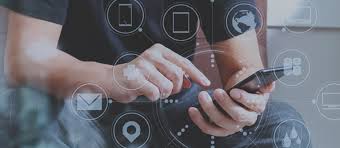
Applications in business :Although the adoption of smart apps will move faster in theB2C context, their added value is equally high in B2B. They have the potential to increase operational excellence in every sector:
- In a production environment, a smart app could use beacon signals to alert people when they enter a zone where safety gear is required.
- Based on Wi-Fi and smartphone data, an app could determine when to turn off the lights in an office building. Apps could also replace current systems for manual time registration.
- For salespeople, an intelligent app could evaluate and prioritize leads by predicting which opportunities are most likely to close.
How delaware can help
- Thanks to a thorough understanding of industries and corporate processes, delaware can assist you in defining intelligent applications with realistic growth opportunities.
- At Delaware, we live and breathe the integration of business flows with data. Our extensive track record as a systems integrator is a meaningful asset in building smart apps compatible with existing data flows and diverse communication infrastructures,We have the scale, the expertise and the hands-on skills to set up experiments or implement application development through actionable roadmaps.
- Our experience in a wide range of industries allows us to both inspire you and guide you through complex business transformations that go beyond intelligent apps.
Chat windows will become the ultimate interfaces
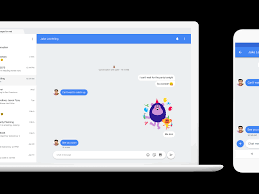
Since 2016, apps like WhatsApp or Facebook Messenger have surpassed social networks in numbers of users. This little factoid illustrates the enormous potential of chatbots: messaging is increasingly becoming the interface through which people not only access content, but also carry out tasks – whether it’s searching for information, scheduling a meeting or buying a pair of shoes.Most chatbots have basic designs, but some also utilize advanced natural language processing systems and even machine learning or artificial intelligence (AI). Simpler systems scan for keywords or wording patterns and then pull a predefined answer from a database. Although they are only as smart as they are programmed to be, even these ‘narrow’ bots can have a big impact on day-to-day business.
Some applications of chatbots
- E-commerce
- Instead of browsing through a website, users can have a conversation with a bot that guides them towards the products that suit their needs. Some chatbots even provide payment services, making the customer experience extra smooth.
- Marketing
- Chatbots are the perfect channels for personalized content distribution. Companies are already using chatbots to interact with their customers and drive engagement.
- Customer service
- Chatbots are online 24/7 and provide a quick interface for resolving your customers’ questions. Replying to FAQs or providing timely information is easy-peasy for a chatbot.
- Data gathering
- Chatbots provide information for your customers, but will also help you gather useful insights about the questions your customers have or the hurdles they face during their customer journey.
- Productivity
- Often used as personal assistants, productivity chatbots can keep employees on track with their goals and assist them in getting things done.
- Work automation
- Chatbots have the ability to automate simple manual tasks like scheduling a meeting or entering information into a database. Not only will they do it faster, they will also make fewer mista
The first IoT object, a bank cash withdrawal (ATM) machine, was unveiled back in 1969, so IoT isn’t exactly a new thing. As data storage, bandwidth and cloud connectivity became more widely available, the concept boomed. Today, ever more companies recognize that IoT is about more than smart homes and connected appliances. The Internet of Things is what drives smart cities, industry 4.0 and the factories of the future. Overwhelmed by virtually endless opportunities and connections, however, decision-makers are often unable to see the full potential for their businesses.
Conclusion: Putting an end to all these discussions mobile apps adopted advanced AI capabilities and evolved as more intelligent mobile applications. Intelligent mobile apps can go beyond the traditional service solutions to serve business users faster and more effectively while ensuring personalized user experiences.Hope you have found all the details that you were looking for, in this article.

